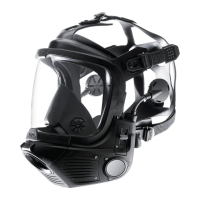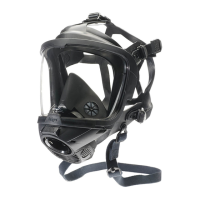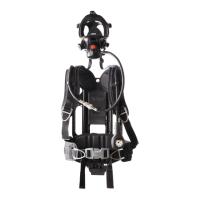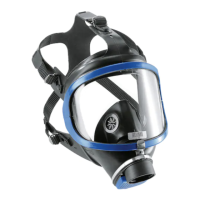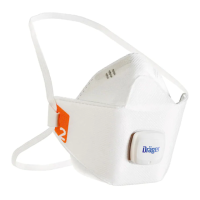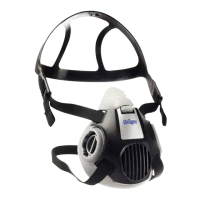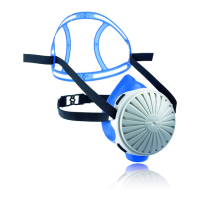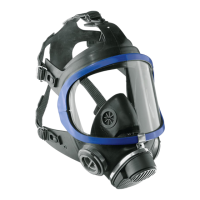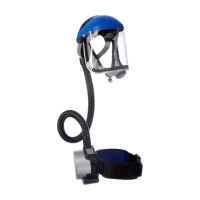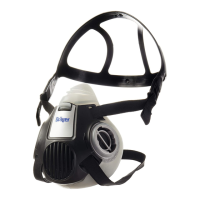What to do if Dräger Respiratory Product communication unit cannot be fitted or dismantled?
- SStephanie BrownSep 23, 2025
If the Dräger Respiratory Product communication unit cannot be fitted or dismantled, the fixing lugs on the mask visor frame might not be fitted or could be faulty. Replace the visor frame. The mount could be faulty, so replace the mount. The fastening eyes on the communication unit could be faulty, so replace the fastening eyes. Ensure the communication unit is hooked in correctly; dismantle the communication unit and fit it again.
